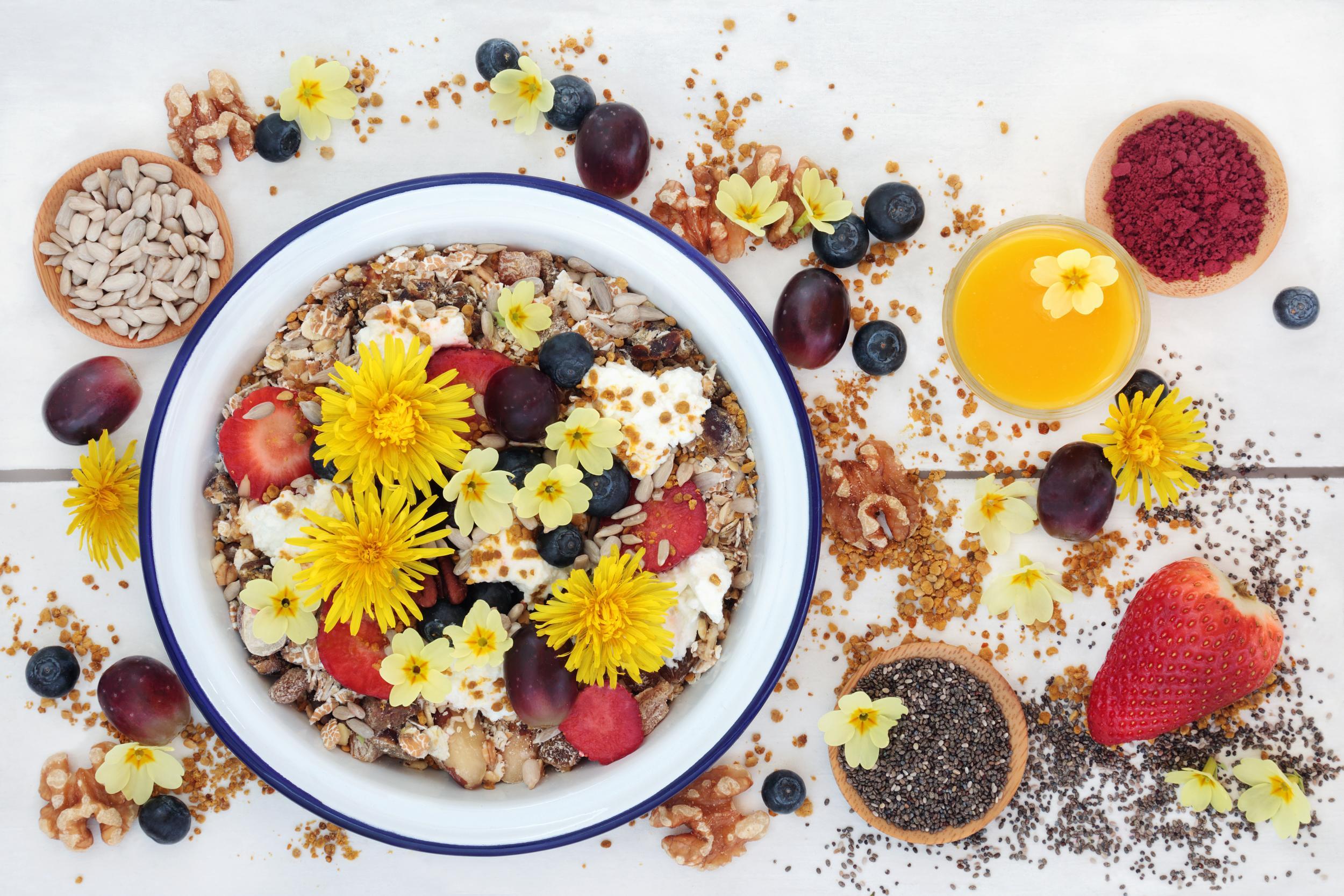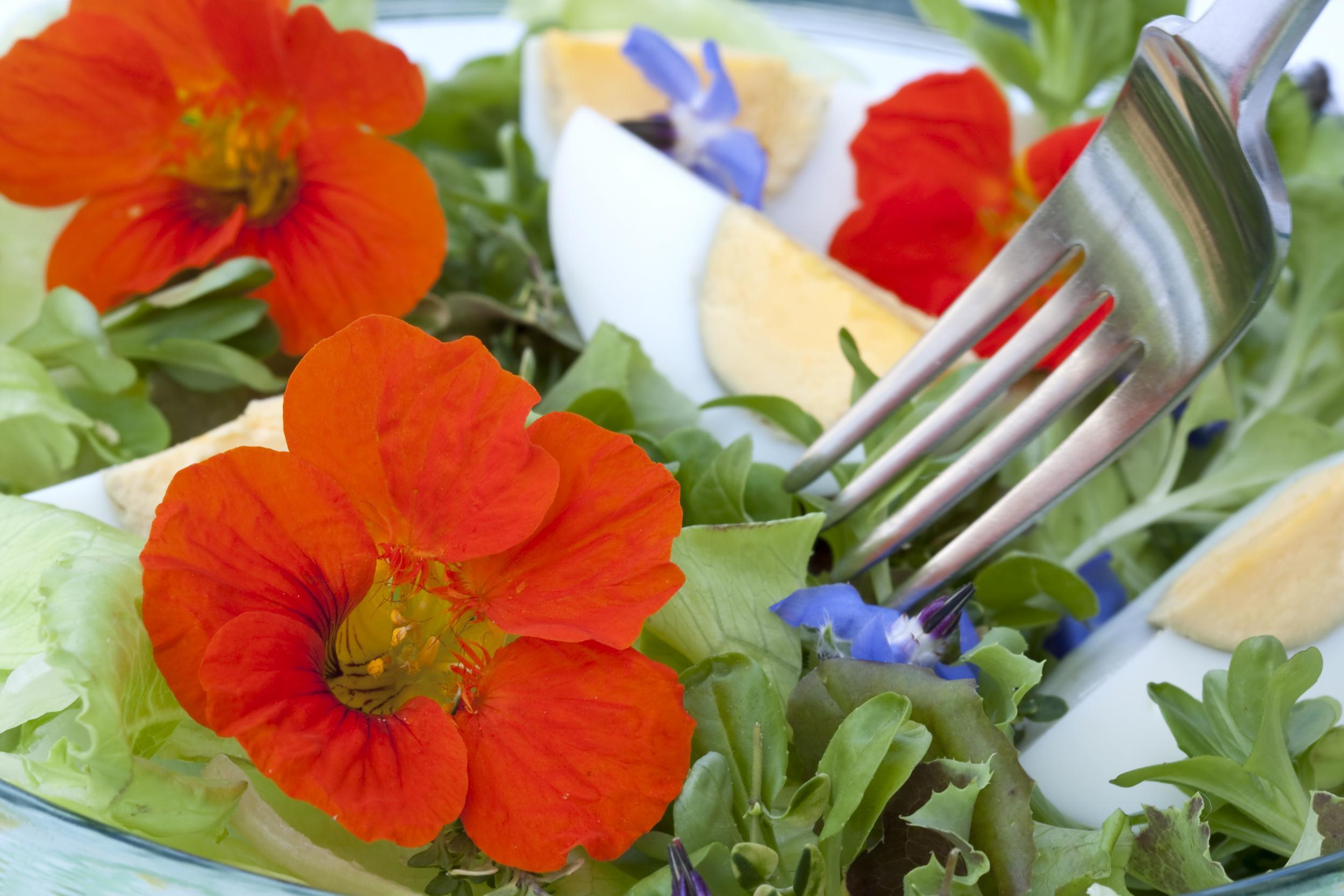Botanist criticises 'clean eating' Instagrammers after one topped a pudding with toxic flowers
Vegan but poisonous

Your support helps us to tell the story
From reproductive rights to climate change to Big Tech, The Independent is on the ground when the story is developing. Whether it's investigating the financials of Elon Musk's pro-Trump PAC or producing our latest documentary, 'The A Word', which shines a light on the American women fighting for reproductive rights, we know how important it is to parse out the facts from the messaging.
At such a critical moment in US history, we need reporters on the ground. Your donation allows us to keep sending journalists to speak to both sides of the story.
The Independent is trusted by Americans across the entire political spectrum. And unlike many other quality news outlets, we choose not to lock Americans out of our reporting and analysis with paywalls. We believe quality journalism should be available to everyone, paid for by those who can afford it.
Your support makes all the difference.Sprinkling flowers atop your acai bowl may increase your Instagram likes - but just double-check they are actually edible before you dig in.
Visually appealing and somewhat appetising, edible flowers have become immensely popular among wellness types for their beauty and their health benefits.
But one botanist has had enough of the trend, after pointing out the flowers topping a chia pudding on a “clean eating” Instagram account were actually poisonous.
James Wong, a botanist and food writer, took to Twitter to point out the amusing mistake, along with some advice for clean eating bloggers.
He wrote: “Another day, another ‘clean eating’ Instagrammer posting images of toxic flowers on food.
“It may not contain dairy or gluten *gasp* but it does contain the toxic plant alkaloid, lycorine.
“Symptoms: itching, swelling, (and in quantity) nausea, vomiting & convulsions,” he wrote alongside a picture of the pretty yet poisonous meal.
Wong then followed up his original tweet with a general rule for those on the hunt for edible flowers.
He tweeted: “Remember, as a general rule: If you are not 100% sure something is edible, just don’t eat it.
“If it’s a stable eaten for centuries, which you don’t have a diagnosed medical intolerance or allergy to, it’s probably safe,” the botanist wrote.
And, considering the “toxin is water soluble and the pudding is mainly water,” according to James, we can only hope the flowers were just used for show.

However, this isn’t the first time a wellness blogger has mistakenly ingested a poisonous plant.
Last year, a wellness vlogger live-streamed herself eating aloe vera - after the trend swept China.
But instead of chomping down on an aloe leaf, the vlogger mistakenly consumed Agave americana, a plant that looks remarkably similar to aloe, but actually contains toxins which can cause burning and swelling of the throat.
And with over 500 species of poisonous plants growing in the US, it may be better to avoid consuming flowers altogether - unless you are well-trained in identifying plants.
But if you can’t stay away from the pretty blooms, violets, roses, hibiscus, and pansies are all beautiful and edible options.
Join our commenting forum
Join thought-provoking conversations, follow other Independent readers and see their replies
Comments